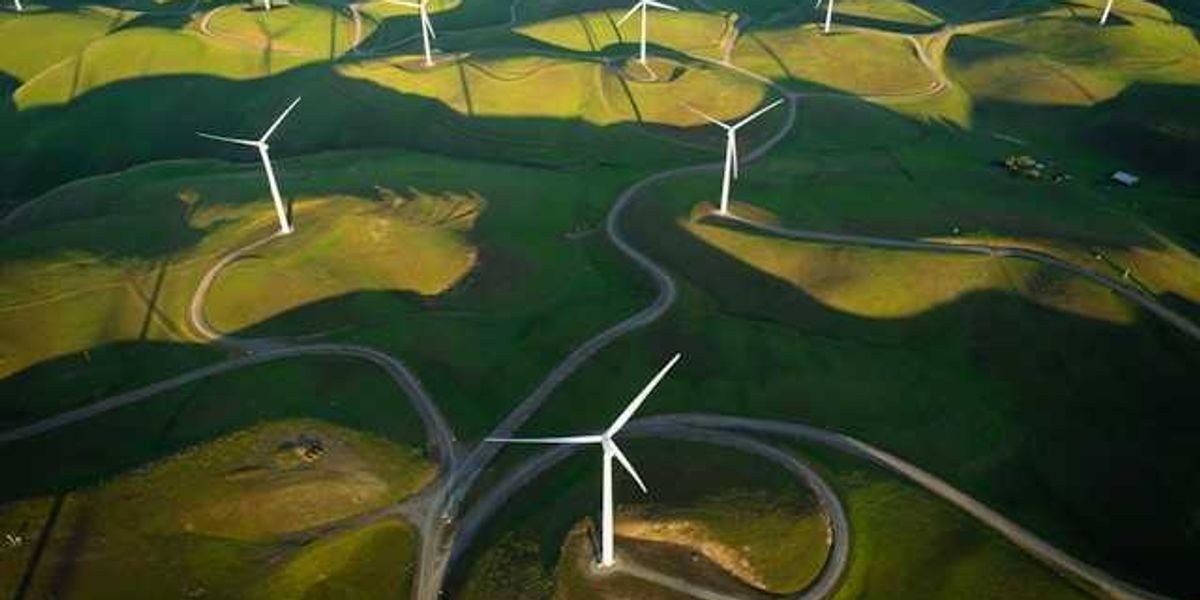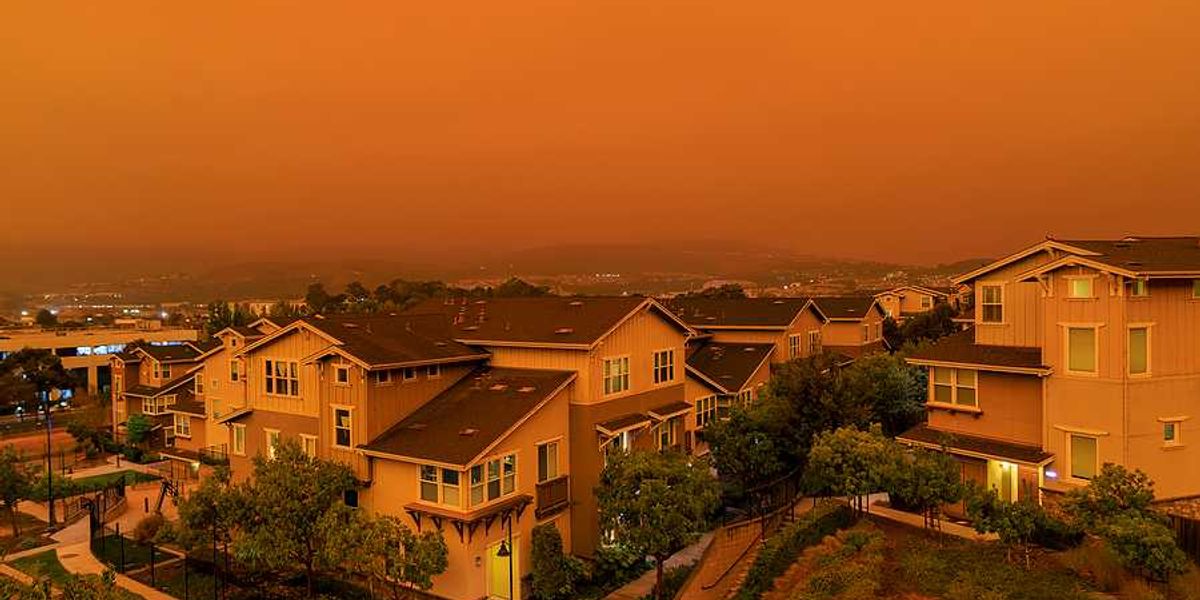Vermont climate goals face setbacks as federal support disappears
Vermont’s updated Climate Action Plan outlines major steps to cut carbon emissions, but faces steep financial and political barriers as federal climate funding disappears under the Trump administration.
Austyn Gaffney reports for VTDigger.
In short:
- Vermont’s 2025 Climate Action Plan aims to cut emissions from heating and transportation, weatherize 79,000 homes, and explore a cap-and-invest program to reduce fossil fuel use.
- The state is not on track to meet its legally binding 2025 emissions reduction goal and may have fallen up to 39% short, according to an independent analysis.
- Deep cuts to federal clean energy funding and climate science programs are straining Vermont’s ability to fund emissions reductions and resilience efforts.
Key quote:
“Specifically, I’m concerned about what it will take to operationalize the plan’s vision. It’s sort of left up to interpretation.”
— Julie Moore, secretary of the Agency of Natural Resources
Why this matters:
Vermont is seeing the real-time effects of a warming world — record floods, higher heat days, and worsening air quality. But the tools it needs to respond are under threat. The Trump administration’s rollback of clean energy investments and suppression of climate data weakens the ability of states like Vermont to meet emission targets or even plan effectively. Climate funding cuts jeopardize projects that help low-income families heat their homes more efficiently, farmers reduce emissions, or towns prepare for floods. At the same time, without federal support for solar, wind, or electric vehicles, Americans may be pushed back toward fossil fuels. This could increase pollution, raise costs, and widen health disparities tied to air quality and heat exposure.
Related: Vermont defends landmark climate law as Trump administration and oil industry sue













